
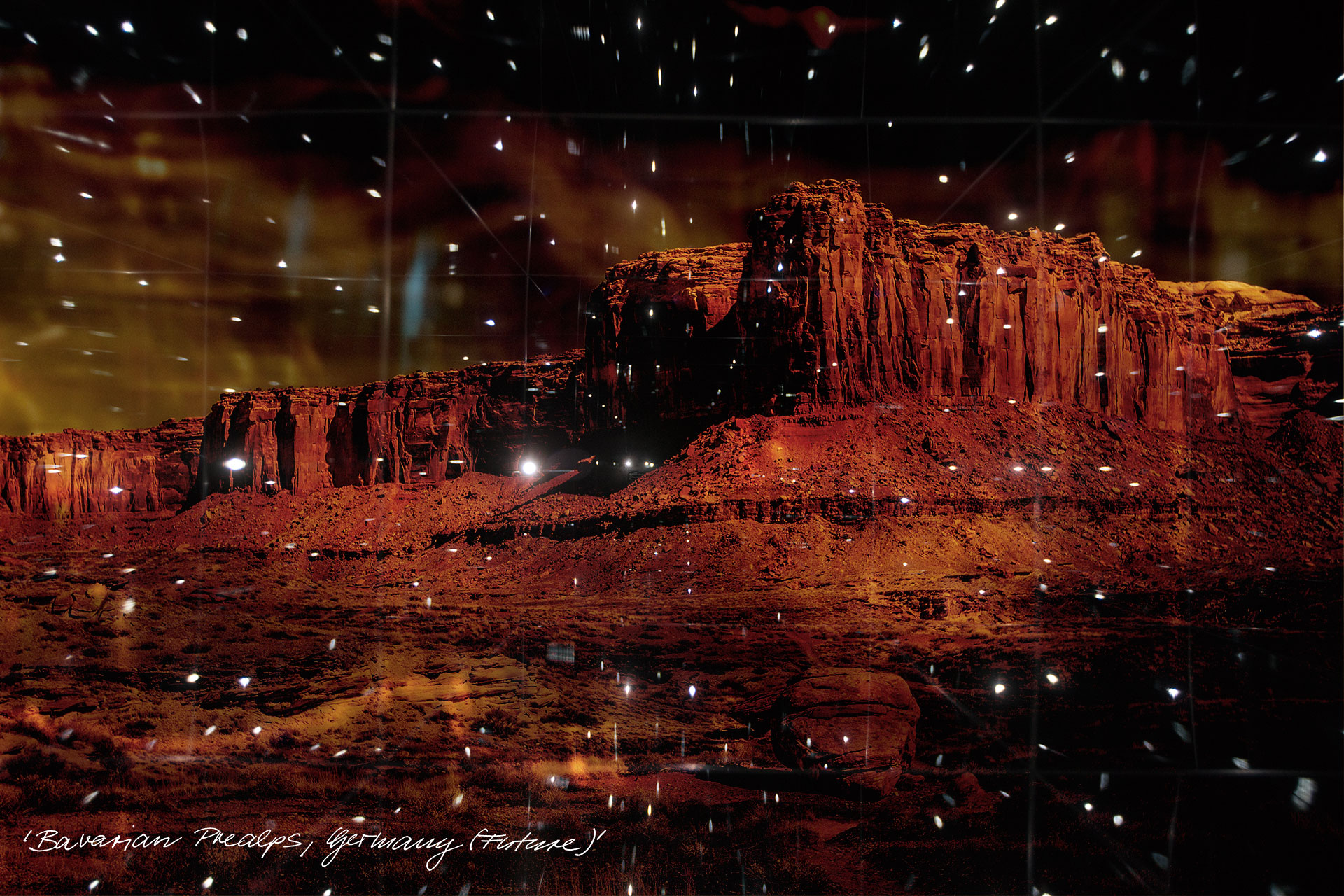
The present work is protected by copyright in all its parts.
© 2021 by Heinz Hermann Maria Hoppe.
All rights reserved.


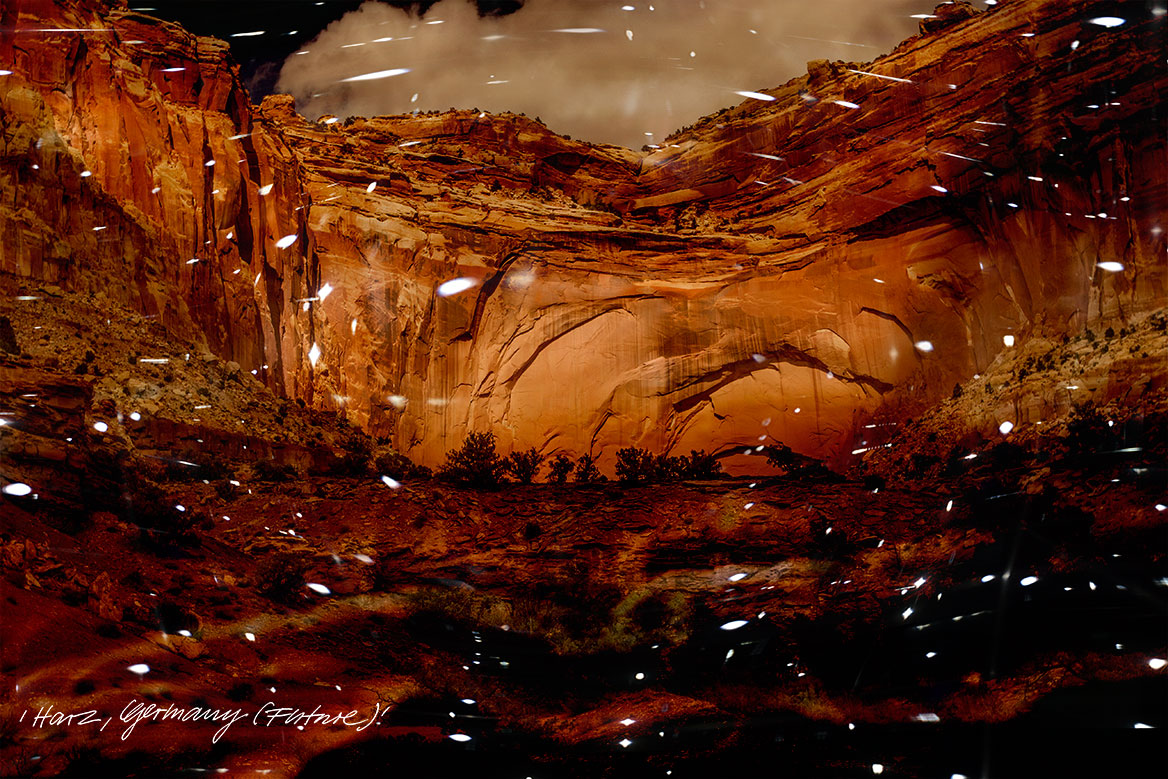
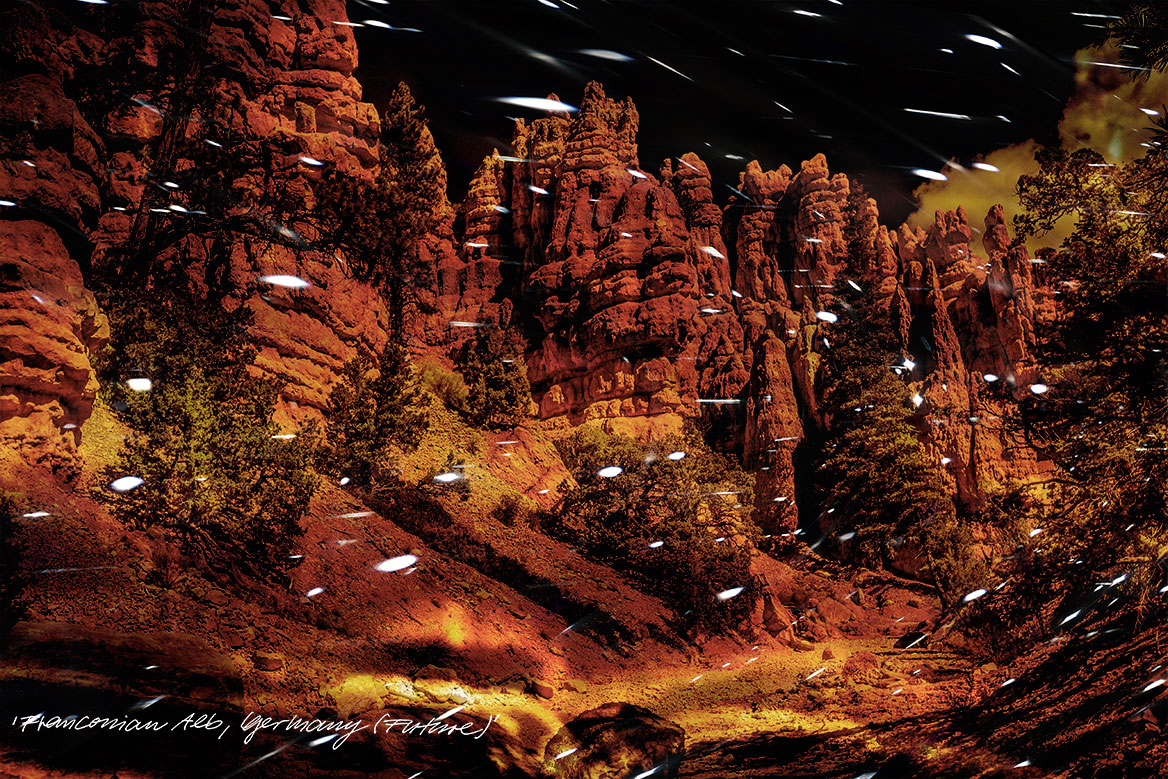
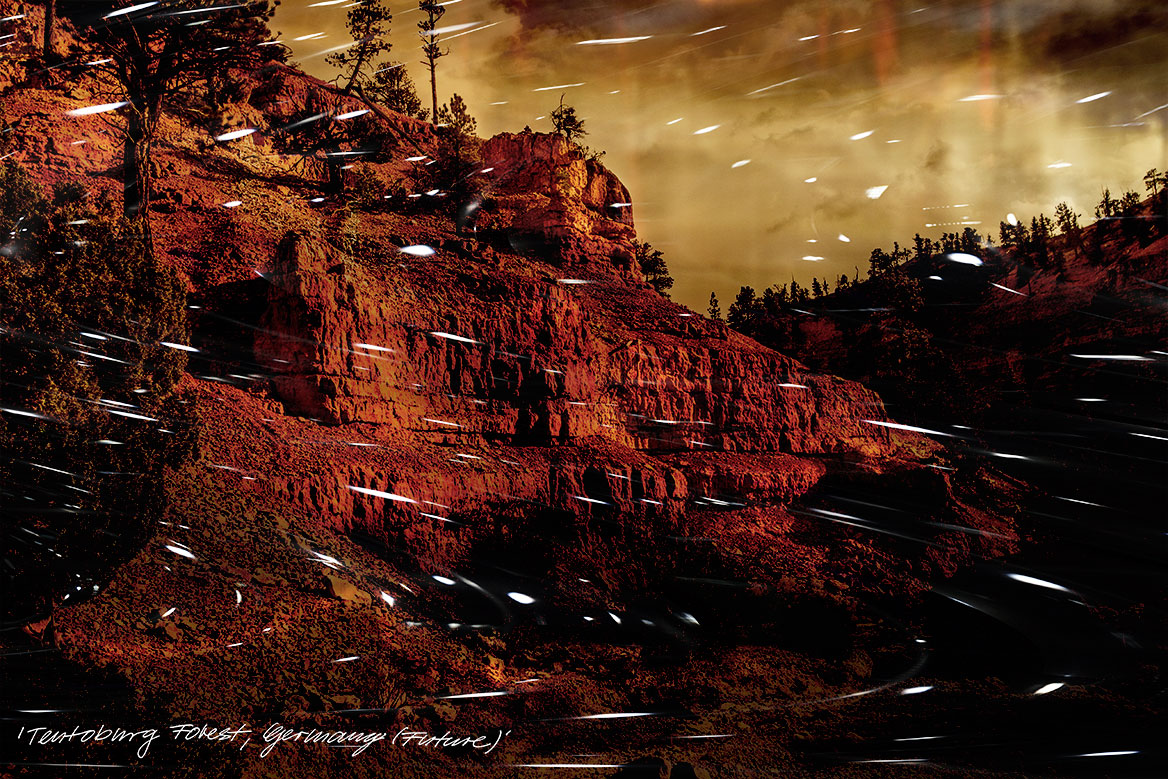
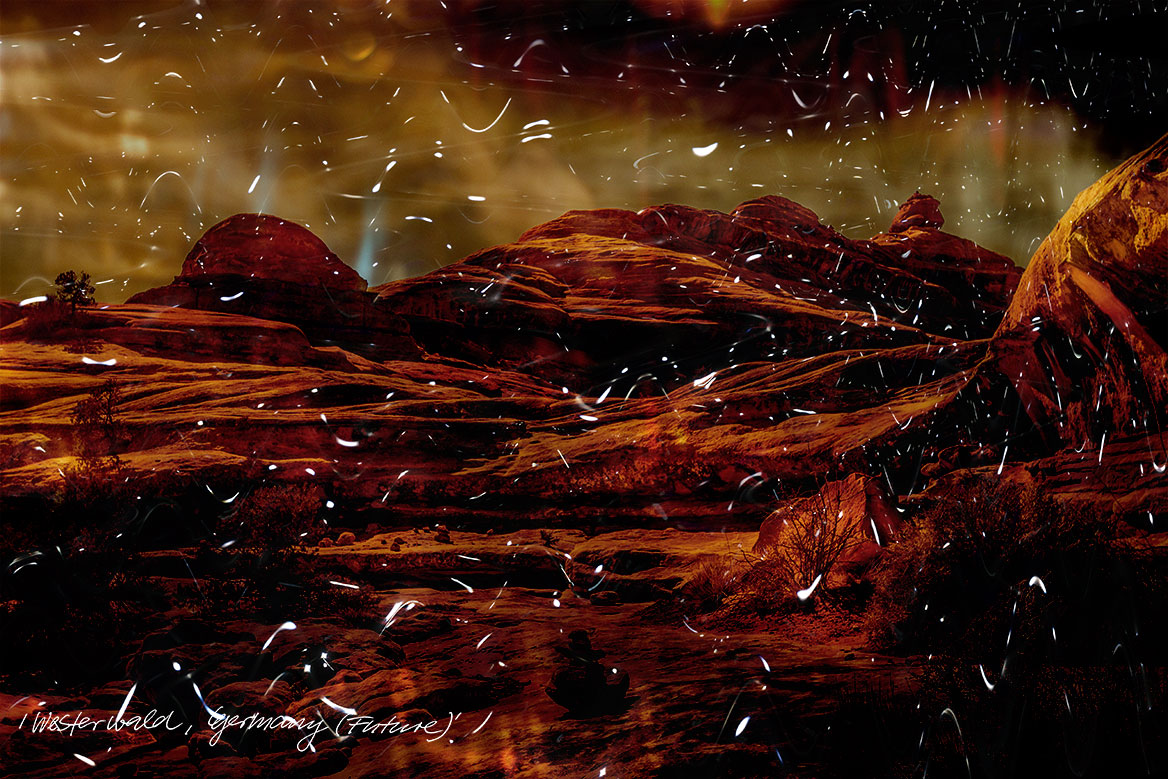
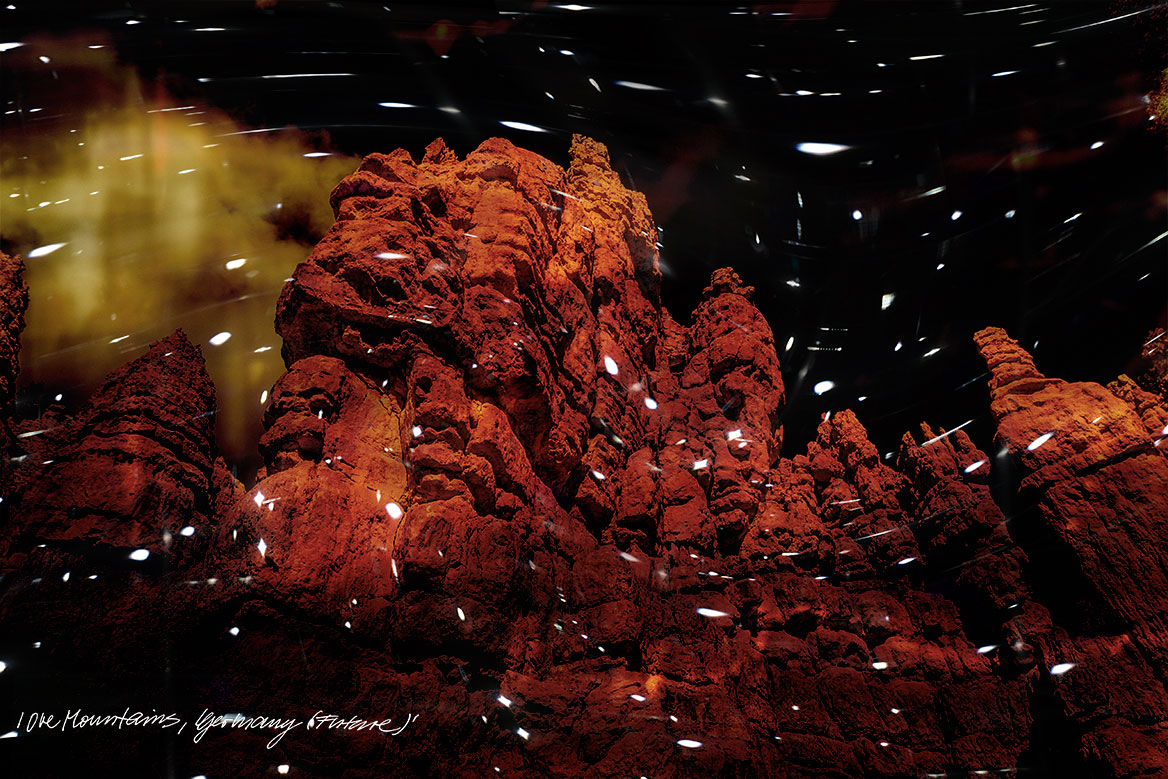
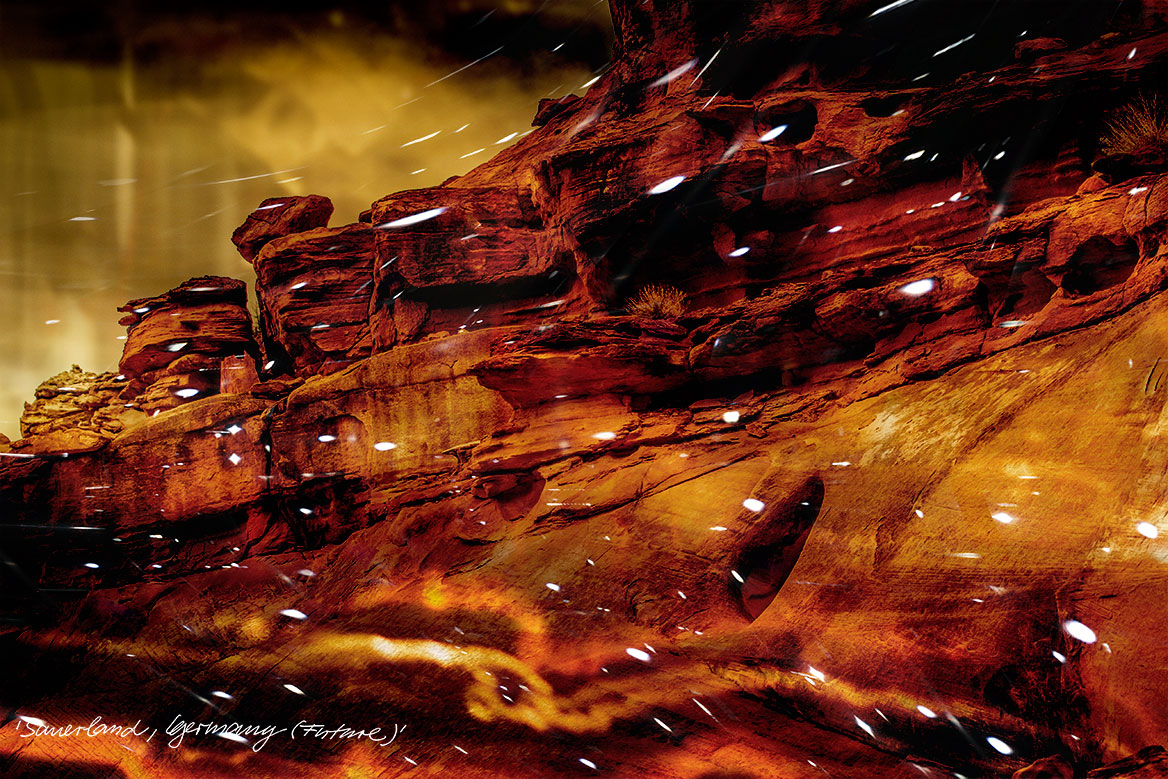
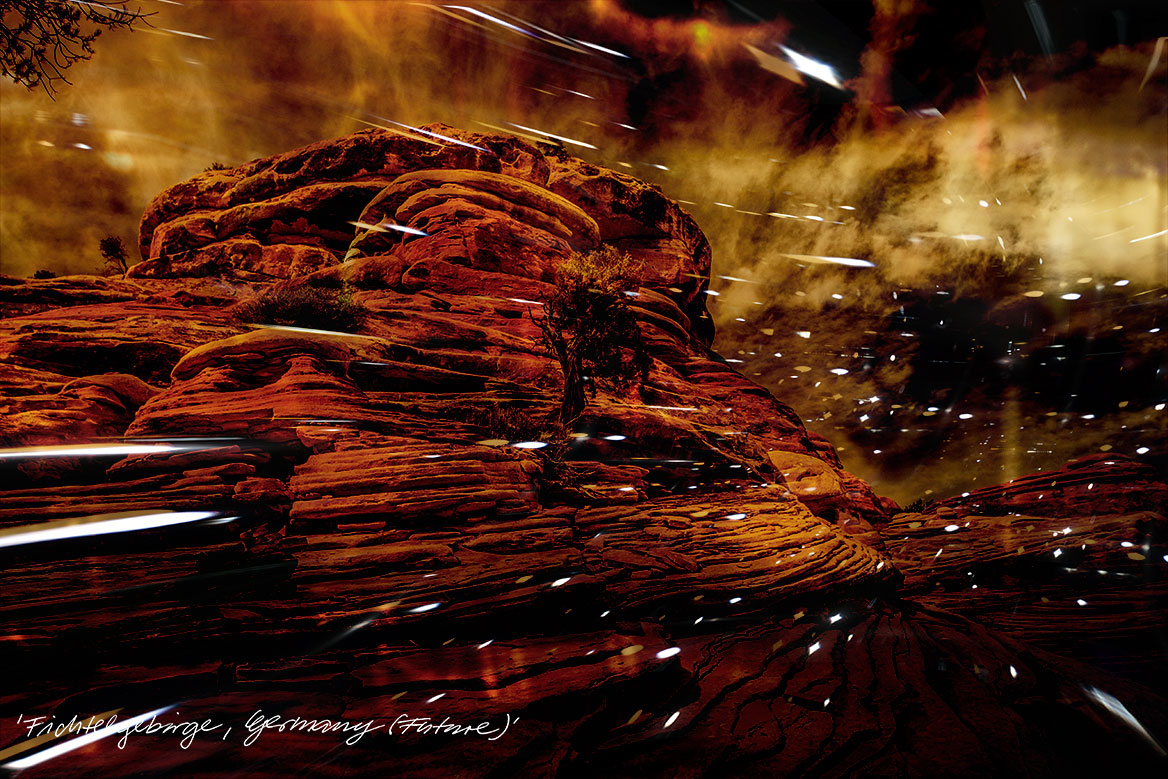
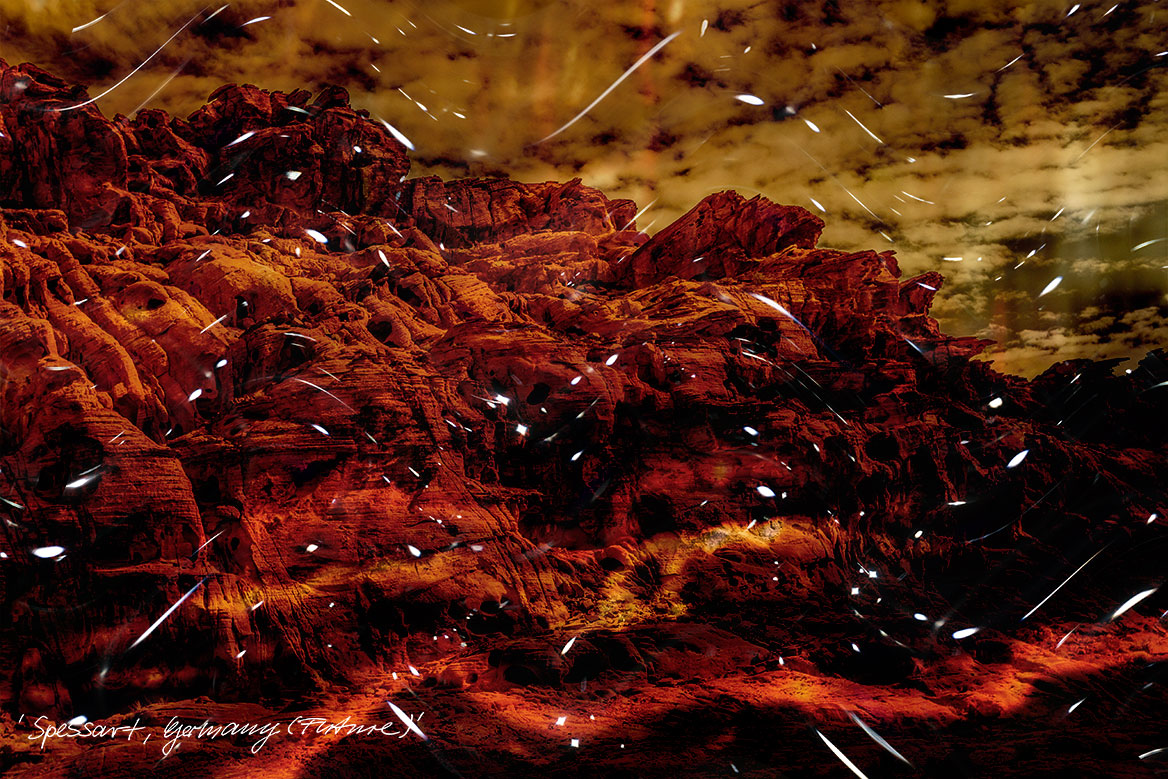
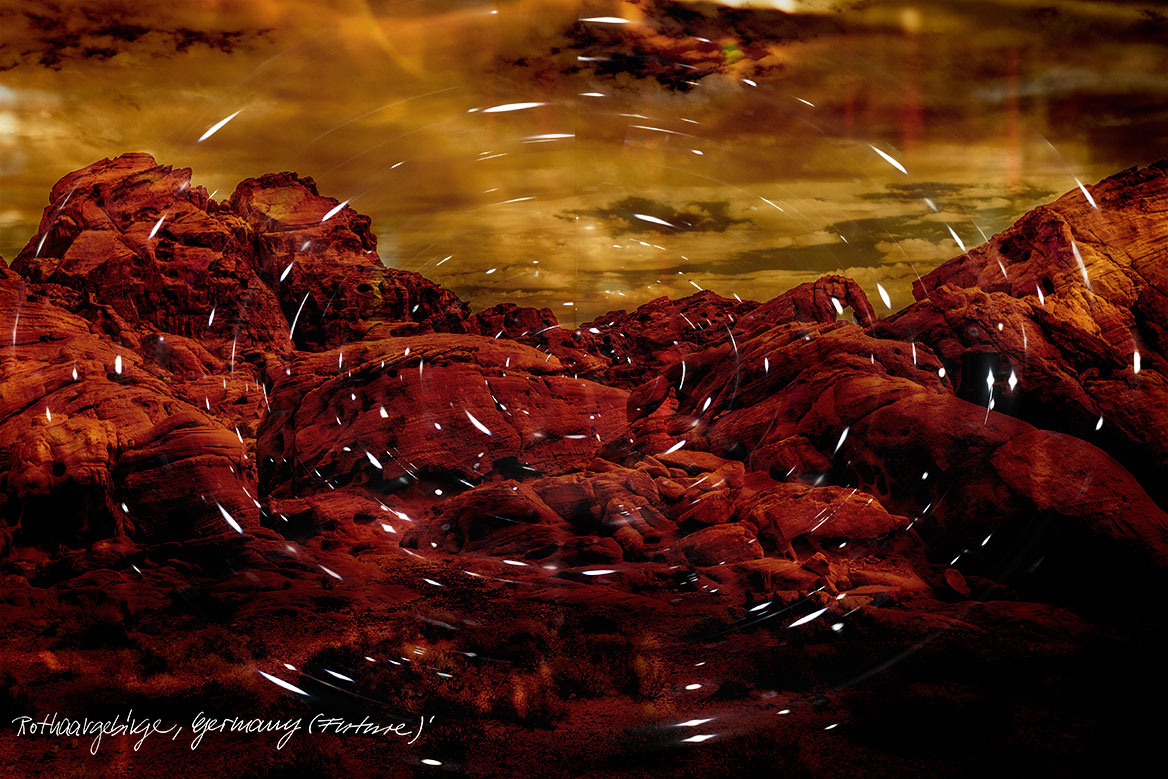
Comment
Author: Heinz Hermann Maria Hoppe
Droughts, air pollution, fungal infections, bark beetle invasions and fires fanned by winds in straw-dry terrain: Huge areas of forest are dying. In Germany, pre-damaged spruce, oak, elm, ash and beech are particularly threatened. Under the ‘tree skin’, about 110 bark beetle species eat their way through stands in this country; worldwide, there are about 6,000.1 Bookprinter and copper engraver attack weakened victims en masse. The larvae destroy the capillary networks in stems and branches, ‘pipelines’ for nutrient delivery. As a result, the leaves in the crowns die first, which therefore become increasingly thinner. Drought also lowers the water table. Roots sprout less frequently, the trees have less support and fall down during the next storm. The deadwood in turn provides breeding grounds for the next generations of beetles.
Arson and illegal logging have reached catastrophic proportions in 2020/2021. In the Amazon, the most biodiverse primeval forests on earth are being irretrievably torched. On the African continent, plantation owners are burning their way through the still green strip south of the Sahara. In Angola, in Zambia, in Mozambique and on Madagascar, the bush is burning – for additional cultivation and grazing areas, for sugar cane, for coconut oil and for larger herds of cattle. In western North America and Canada, people fled more than 170 fires, previously unseen, monstrous conflagrations that flattened fugitives in their cars and entire communities, coloring the horizons apocalyptically. In Ukraine, Romania, ‘hotspots’ in Russia and China, Malaysia, Borneo and Sumatra, dense plumes of smoke repeatedly darken the atmosphere. In Australia, people and kangaroos fled, not infrequently hopelessly encircled by walls of flame. On our doorstep, in Italy, Greece and Turkey, rare fire-fighting planes flew continuous loops. Criminal arsonists, negligently or with fraudulent intentions, endanger and destroy human livelihoods, flora and fauna. Looking at the red, dense dot clouds on NASA’s Worldview website2 marking major sources of fire on the globe, the scale of global environmental destruction and the suffering caused remains only abstract.
Germans have a legendary relationship with their ‘longing landscape’.3 The debates on ‘acid rain’, as the cause of forest dieback, hit fertile ground as early as the 1980s and a new party made itself heard. “First the forest dies, then man dies” was the motto for some, for others exaggerated or just ‘nonsense’4. Also with the ‘Waldsterben 2.0’ the opinions diverge again. Unlike the ‘first’ forest dieback, however, droughts will not be combated with lime.5
In the ‘Waldzustandserhebung 2020’ (Meaningful translation: Forest Condition Survey 2020), the Bundesministerium für Ernährung und Landwirtschaft (BMEL), the German Federal Ministry of Food and Agriculture, quantifies the condition of the German forests learly: The average crown defoliation of all tree species is 26.5%, higher than ever before. Only 21% of all trees still have no crown thinning. In addition, there is a clear increase in the rate of dieback. Especially our older forests over 60 years, are affected by dieback (translation by analogy).6
In the artistic scenarios of ‘German’ forests of the series ‘Evocation of the Forest’ is ‘the devil painted on the wall’. The original locations of the shots are in the stone deserts of Utah, United States of America.
Notes/Directory of sources and literature (mostly German):
1 See Borkenkäfer. In: Wikipedia, The Free Encyclopedia. Date of last revision: 09-05-2021, 09:38 UTC. URL: https://de.wikipedia.org (Date retrieved: 09-11-2021, 16:34 UTC).
2 See Fires and Thermal Anomalies (Day and Night). NASA Worldview application, part of the NASA Earth Observing System Data and Information System (EOSDIS). URL: https://worldview.earthdata.nasa.gov (Date retrieved: 09-11-2021, 18:51 UTC).
3 See Deutscher Wald. In: Wikipedia, The Free Encyclopedia. Date of last revision: 05-31-2021, 10:31 UTC. URL: https://de.wikipedia.org (Date retrieved: 09-11-2021, 17:06 UTC).
4 See Claus Hecking: Umweltschutz: Was wurde eigentlich aus dem Waldsterben? In: SPIEGEL Wissenschaft (online) from 01-03-2015, 09:16 UTC. URL: https://www.spiegel.de/ wissenschaft/natur/ umweltschutz-was-wurde-aus- dem-waldsterben-a- 1009580.html (Date retrieved: 09-11-2021, 20:16 UTC).
5 See Gegen sauren Boden: Was Waldkalkung bewirkt. Johann Heinrich von Thünen-Institut, Bundesforschungsinstitut für Ländliche Räume, Wald und Fischerei, 12-06-2016, Braunschweig. Website-URL: https://www.thuenen.de/ de/wo/aktuelles-und- service/detail-aktuelles/news/ detail/News/gegen-sauren-boden- was-waldkalkung-bewirkt/ (Date retrieved: 09-11-2021, 20:25 UTC).
6 Ergebnisse der Waldzustandserhebung 2020, Page 6. Bundesministerium für Ernährung und Landwirtschaft (Publisher), January 2021, Bonn. PDF-Download, URL: https://www.bmel.de/ DE/themen/wald/ wald-in-deutschland/ waldzustandserhebung.html (Date retrieved: 09-11-2021, 20:58 UTC).